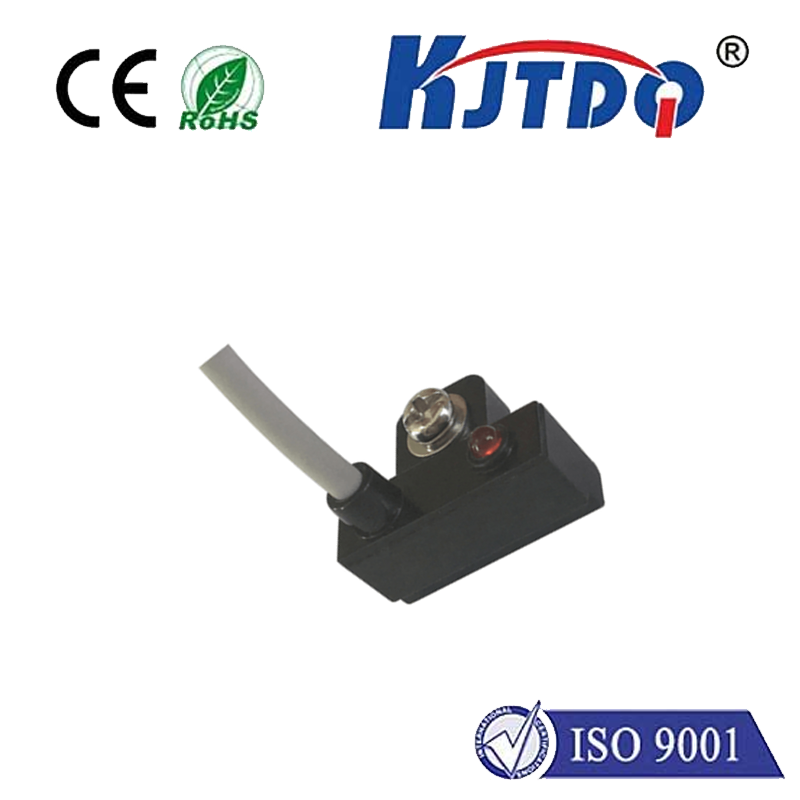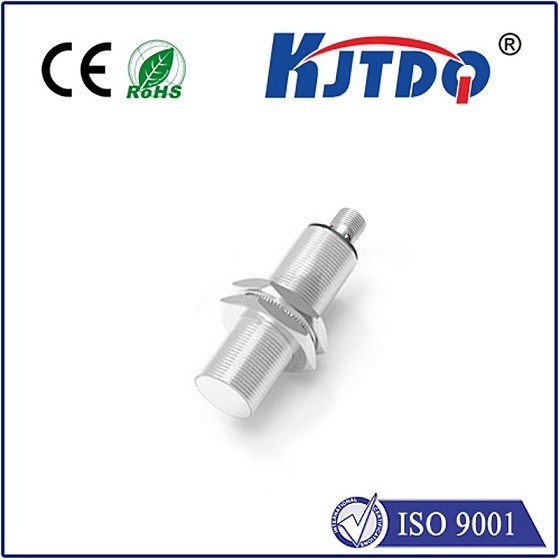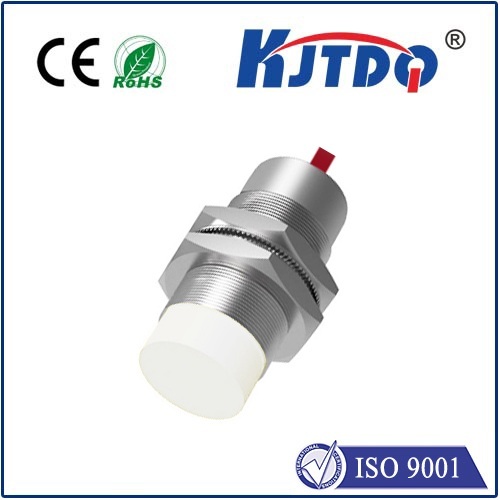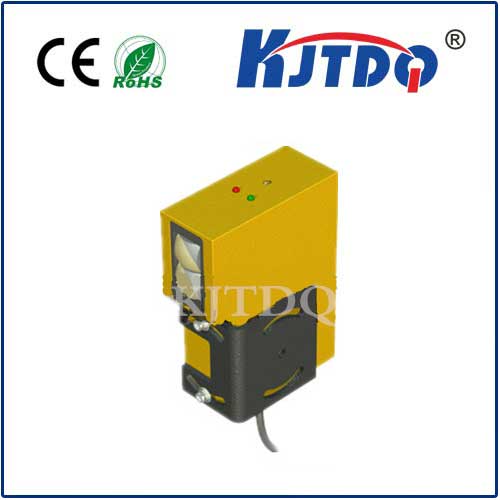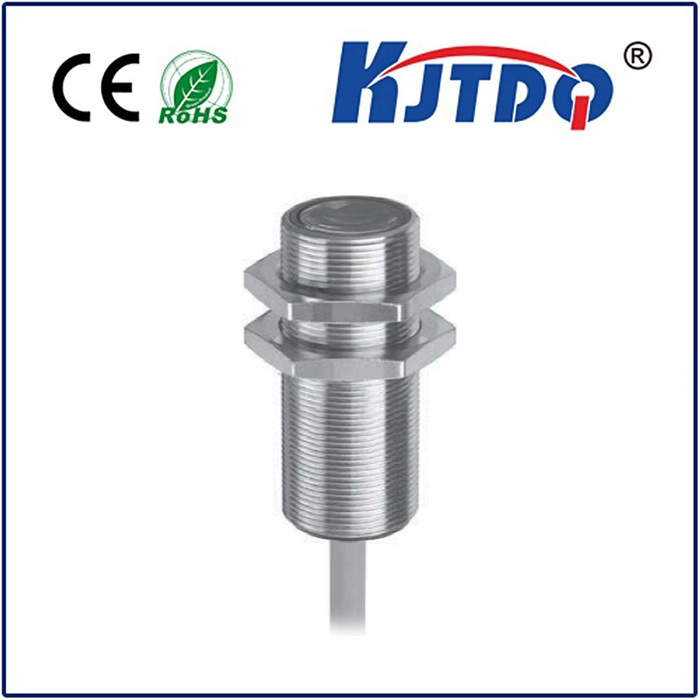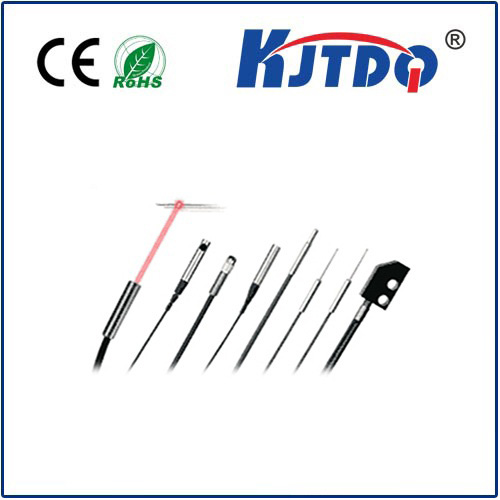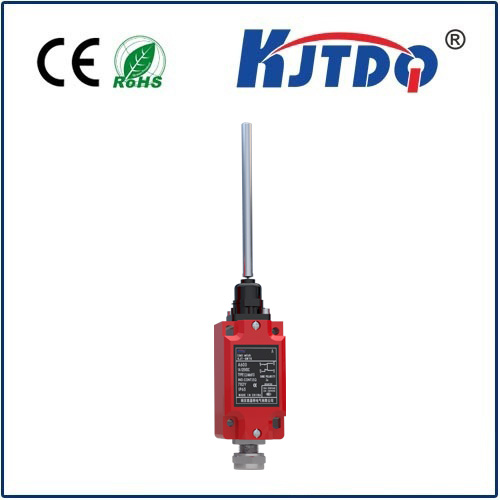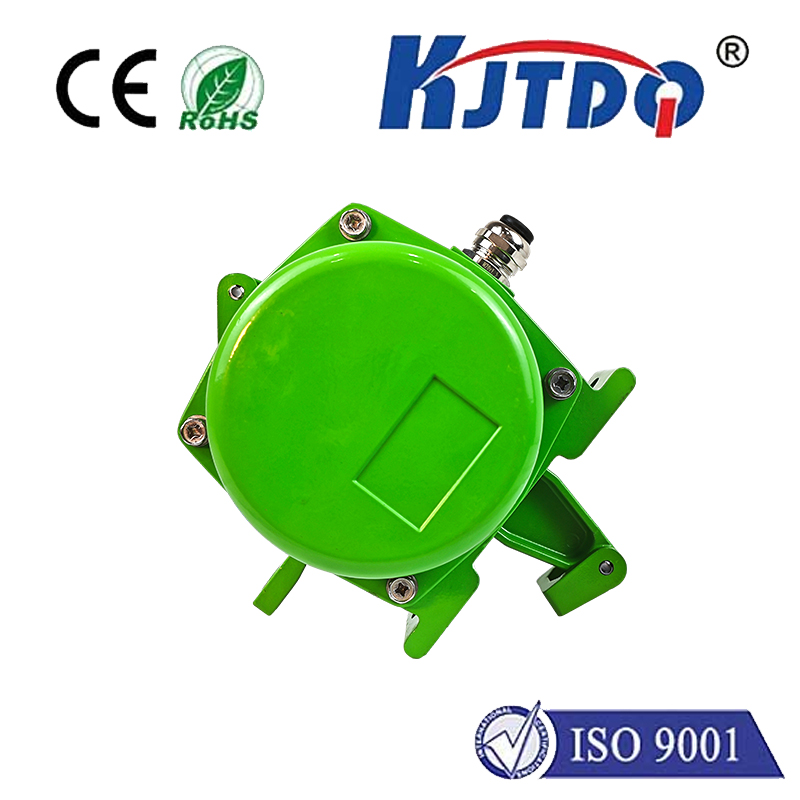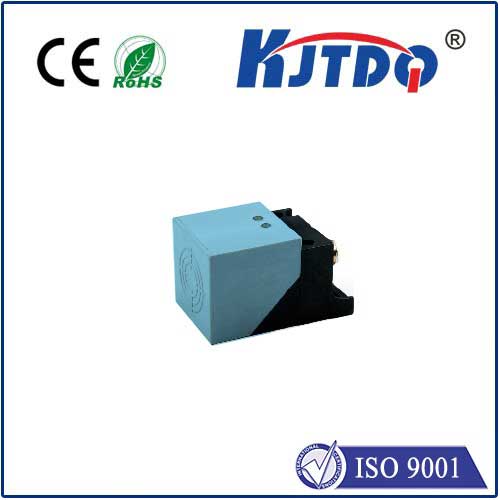120v proximity sensor
- time:2025-06-13 01:00:18
- Click:0
120v Proximity Sensor: Power, Precision, and Robustness for Demanding Industrial Detection
Imagine a high-speed packaging line humming at peak efficiency. Bottles whizz by, perfectly spaced, seamlessly diverted onto different conveyors, filled with precision, and finally capped – all without a single human hand touching them. What orchestrates this intricate ballet of metal and motion? Often, the unsung heroes are proximity sensors, specifically those robust 120V AC proximity sensors, quietly ensuring objects are present, absent, positioned correctly, or counted accurately. In environments where voltage matters, reliability is non-negotiable, and harsh conditions are the norm, understanding the power and purpose of 120v proximity sensors is critical.
What Exactly is a 120V Proximity Sensor?
At its core, a proximity sensor detects the presence or absence of an object within its sensing range without physical contact. A 120V proximity sensor is specifically designed to operate using a 120 Volt Alternating Current (AC) power supply. This voltage level is standard in many North American industrial settings and is distinct from the lower voltage DC sensors (like 12V or 24V DC) commonly found in automotive or light-duty applications.
These sensors, sometimes called 120V AC proximity switches or industrial proximity detectors, operate primarily on the principle of inductive sensing. This means they generate an electromagnetic field. When a metallic target (usually ferrous metals like iron or steel, or sometimes non-ferrous like aluminum, brass, or copper, depending on the sensor type) enters this field, it induces eddy currents within the target, causing a change in the sensor’s internal oscillation. This change triggers the sensor’s switching mechanism – opening or closing its output circuit to signal detection.

Why Choose a 120V AC Proximity Sensor? Key Advantages
Selecting a 120V model over lower-voltage alternatives isn’t arbitrary; it offers distinct advantages in specific contexts:
- Simplified Wiring & Power Sourcing: In facilities where 120V AC power is readily available at machinery or along production lines, using a 120V proximity switch eliminates the need for separate, dedicated low-voltage DC power supplies or complex step-down transformers. This streamlines installation and reduces associated component costs and points of failure.
- Direct Interface with Higher Voltage Control Systems: Many industrial relays, contactors, programmable logic controllers (PLC) input modules, and pilot lights are designed to operate directly on 120V AC. A 120v proximity sensor can seamlessly connect to these devices without requiring intermediate interfacing modules or signal conditioners, simplifying the control logic and panel design.
- Enhanced Noise Immunity: Operating at higher voltage inherently provides a stronger signal-to-noise ratio. This makes 120V AC inductive sensors generally more resistant to electrical interference (EMI/RFI) common in electrically noisy industrial environments filled with motors, variable frequency drives, and welding equipment.
- Robust Construction: Sensors designed for the 120V AC industrial market are typically built to withstand harsh conditions. Expect features like:
- Rugged Metal Housings: Usually stainless steel or nickel-plated brass for superior resistance to impact, vibration, and corrosion.
- High Ingress Protection (IP) Ratings: Commonly IP67 (dust-tight and protected against immersion up to 1m) or IP69K (resistant to high-pressure, high-temperature water jets), crucial for environments exposed to washdowns, coolants, or oil mist.
- Wide Temperature Range: Functionality reliably maintained across significant temperature variations, common in foundries, ovens, or cold storage.
Key Technical Specifications to Consider
When selecting the optimal 1200v proximity sensor for your application, pay close attention to these critical specifications:
- Sensing Distance: The maximum distance at which the sensor can reliably detect its specified target material. Always refer to the rated operating distance (Sn) published by the manufacturer, typically for a mild steel target. Real-world sensing range can be less for non-ferrous metals.
- Target Material: Inductive sensors primarily detect metals, but sensitivity varies. Standard sensors work best with ferrous materials. Special types (factor 1 sensors) offer consistent sensing ranges for both ferrous and non-ferrous metals.
- Output Configuration:
- Output Type: PNP (sourcing) or NPN (sinking). Ensure compatibility with your controller’s input type.
- Number of Wires: 3-wire is standard (Power, Ground, Signal). Some models offer 2-wire variants designed to function like a simple switch within the AC circuit.
- Contact Type: Solid-state electronic switching (transistor output) is most common and highly reliable.
- Housing Shape & Size: Cylindrical (threaded barrels like M8, M12, M18, M30) or rectangular block styles. Choose based on mounting constraints and space availability.
- Environmental Ratings: As mentioned, IP67 or IP69K are gold standards for demanding environments. Also consider temperature rating and resistance to specific chemicals if applicable. Look for robust industrial sensor certifications like UL Listed or CE Marked.
- Electrical Ratings: Beyond the 120V AC input, check the operating voltage range, current consumption, and switching capacity (the maximum load the output can handle).
Where 120V Proximity Sensors Shine: Common Applications
Their combination of power, robustness, and direct AC interface makes 120V AC inductive proximity sensors indispensable across numerous heavy-duty industrial sectors:
- Automotive Manufacturing: Position detection on robotic welding arms, part presence on high-speed assembly lines, end-of-travel sensing for presses.
- Material Handling: Monitoring pallet location on conveyors, detecting carton presence for sorting/diversion, sensing bin/tote fill levels, verifying package positioning.
- Packaging Machinery: Bottle/can counting on filling lines, cap detection before sealing, label position verification, detecting film/web breaks.
- Metalworking: Tool position verification on CNC machines (lathes, mills), detecting workpieces entering stamping presses, monitoring automated sawing operations.
- Food & Beverage Processing: Position sensing on washdown-rated equipment, detecting cans/bottles on fillers and cappers, monitoring ingredient levels in stainless steel tanks.
- Machinery Safety: Used as part of safety interlock systems to confirm guards are closed or tools are retracted before a machine cycle can start (often within a safety-rated circuit).
Installation and Safety Considerations
Proper installation is paramount for reliable operation and safety:
- Secure Mounting: Ensure the sensor is firmly mounted to prevent vibration-induced damage or misalignment. Use appropriate locking nuts for threaded sensors.
- Correct Clearance: Maintain adequate lateral clearance (distance from the sensor head to surrounding metal objects) and flush mounting capability as per manufacturer specs to prevent false triggering.
- Environmental Protection: Position sensors away from direct high-pressure water jets unless explicitly rated IP69K. Shield them from excessive splatter of oils or cutting fluids if possible.
- Wiring: Always follow the manufacturer’s wiring diagram! Incorrect wiring (e.g., mixing up live/neutral or connecting the load improperly) can destroy the sensor or create a hazard. Use shielded cable in high-noise environments, grounding the shield at the controller end only.
- Electrical Safety: Working with 120V AC carries a significant shock hazard. Always lockout/tagout (LOTO) the machine power before installing, wiring, or servicing sensors. Ensure connections are tight and insulated. Comply with all local electrical codes and regulations. Understand that while the sensor itself is low-power in its sensing head,






